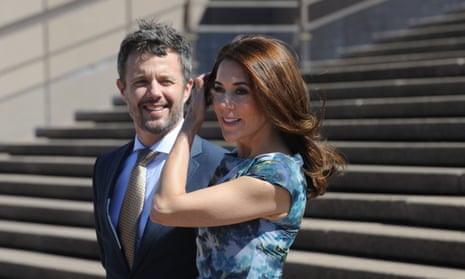
The commencement of 2024 witnessed the unexpected abdication of Queen Margrethe II of Denmark, sparking a royal shuffle. As her son, Frederik, ascends to the throne, his wife, Mary, is bestowed with the title of queen. This transition prompts reflections on the enduring presence of medieval aristocratic traditions in modern democratic societies.
Comparisons arise between Denmark's shift in monarchy and the impending succession of Charles III in Britain – who, incidentally, also reigns as King of Australia. Both scenarios exemplify the hereditary nature of monarchies, where birthright, rather than merit, determines the head of state.
Despite the elaborate ceremonies accompanying such transitions, the reality is more Steptoe and Son than Game of Thrones. Unlike historical monarchs who fought for their crowns, contemporary heirs simply inherit their positions through familial lineage.
The persistence of monarchies, despite the evolution of governance structures, raises the question: why do societies adhere to this medieval tradition? Rooted in the ancient doctrine of the divine right of kings, monarchs were considered absolute sovereigns, chosen by divine forces. This concept posited that their authority surpassed accountability to bureaucracy or the will of the people.
The recent upheaval in Denmark, transitioning Mary from princess to queen, highlights the arbitrary nature of aristocracy. Mary's upbringing in Hobart, Australia, with an academic father and a mother working as an EA, defies the stereotypical aristocratic background. Her journey, from Taroona High to real estate work, to meeting and marrying the crown prince of Denmark during the Sydney Olympics, underscores the randomness of aristocratic ascent.
Mary's nonchalant approach, commitment to public causes, and advocacy for the LGBTQ+ community add layers to her character, challenging traditional perceptions of royalty. Her story invites contemplation on the true essence of aristocracy – a random lottery that determines who wears the crown.
While Australians remain constitutionally tied to British royalty, Mary's ascent serves as a reminder that divine forces did not place her on the Danish throne; rather, it was a chance encounter on a warm Sydney night at the Slip Inn. The unpredictability of monarchy persists, even in the face of evolving societal norms.
